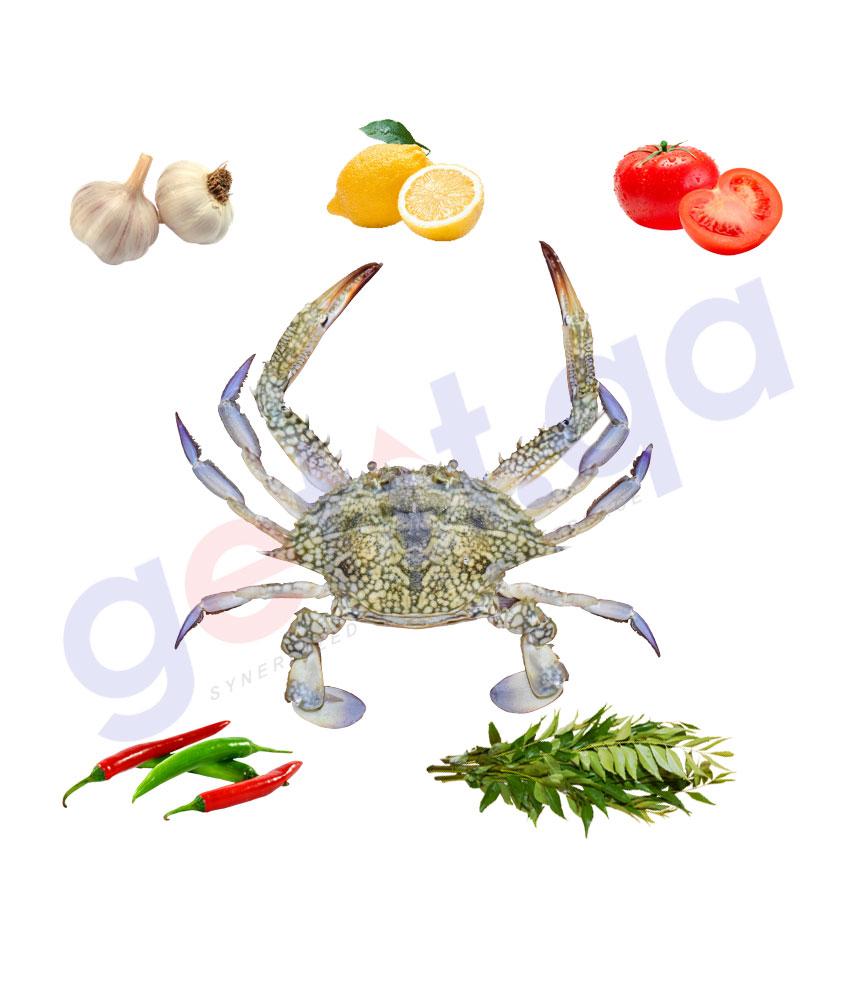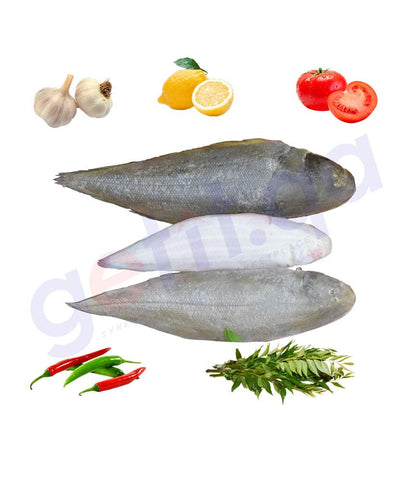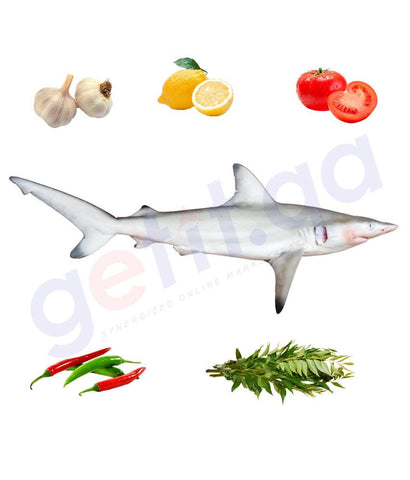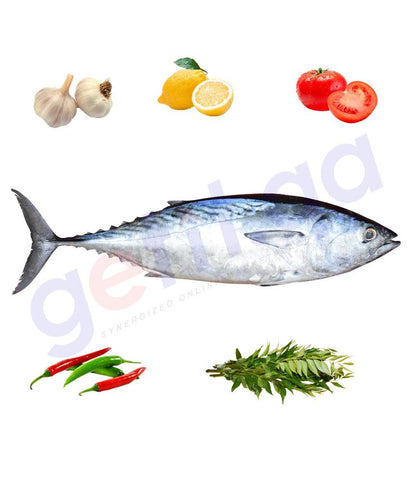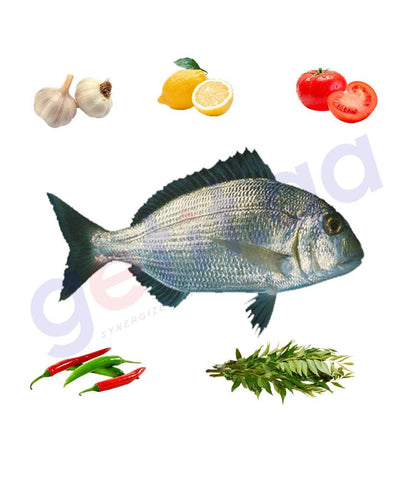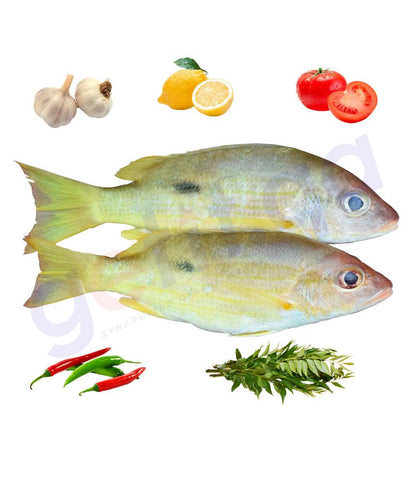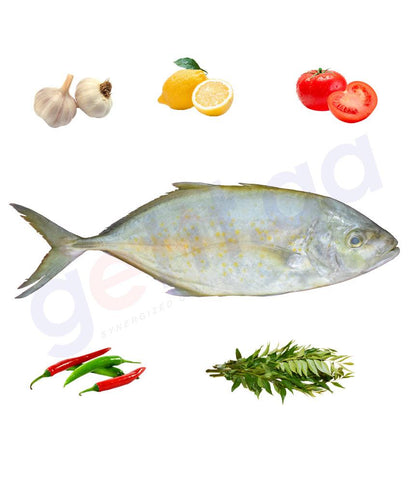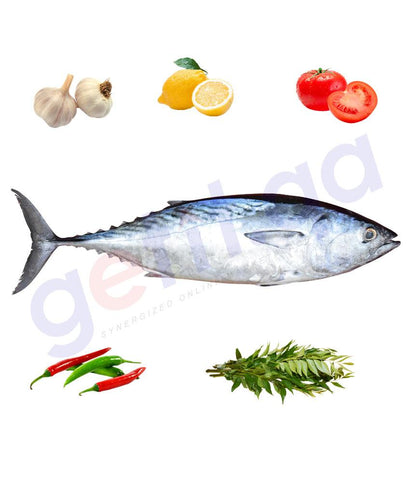QUBQUB - قبقب - CRAB (Female)
Short Description: - The female crab has a duller green/brown, with a more rounded carapace. The carapace can be up to 20 centimetres (7.9 in) wide. Portunus pelagicus, also known as the flower crab, blue crab, blue swimmer crab, blue manna crab or sand crab. Higher positive allometric growth of the abdominal width observed in females was related to the female reproductive role in carrying the egg mass.
Behaviour: - They stay buried under sand or mud most of the time, particularly during the daytime and winter, which may explain their high tolerance to ammonium (NH4+) and ammonia (NH3). They come out to feed during high tide on various organisms such as bivalves, fish and, to a lesser extent, macroalgae. They are excellent swimmers, largely due to a pair of flattened legs that resemble paddles. However, in contrast to another portunid crab (Scylla serrata), they cannot survive for long periods out of the water.
Distribution :- Portunus pelagicus, also known as the flower crab, blue crab, blue swimmer crab, blue manna crab or sand crab, and alimasag in Tagalog, is a large crab found in the intertidal estuaries of the Indian and Pacific Oceans (Asian coasts) and the Middle-Eastern coast of the Mediterranean Sea. The name "flower crab" is used in east Asian countries while the latter names are used in Australia. The crabs are widely distributed in eastern Africa, Southeast Asia, East Asia, Australia, Persian Gulf and New Zealand.
Biology :- P. pelagicus commonly enters estuaries for food and shelter. Its life cycle is dependent on estuaries as the larvae and early juveniles use these habitats for growth and development. Prior to hatching, the female moves into shallow marine habitats, releases her eggs and the newly hatched zoea I larvae move into estuaries. During this time, they feed on microscopic plankton and progress from the zoea I stage to the zoea IV stage (approximately 8 days) and then to the final larval stage of megalopa (duration of 4–6 days). This larval stage is characterised by having large chelipeds used to catch prey. Once the megalopa metamorphoses to the crab stage they continue to spend time in estuaries which provides a suitable habitat for shelter and food. However, evidence has shown that early juveniles cannot tolerate low salinities for extended periods, which is likely due to its weak hyper-osmoregulatory abilities. This may explain their mass emigration from estuaries to seawater during the rainy season. Male Portunus pelagicus are believed to become more territorial in colder water. This may explain why male crabs are rarely sighted within a proximity to each other in more temperate waters; it also may explain why their female counterparts seem more prolific in these such areas.




